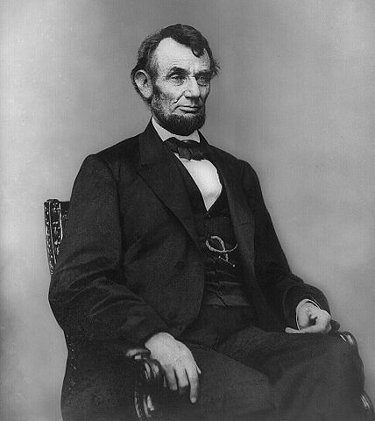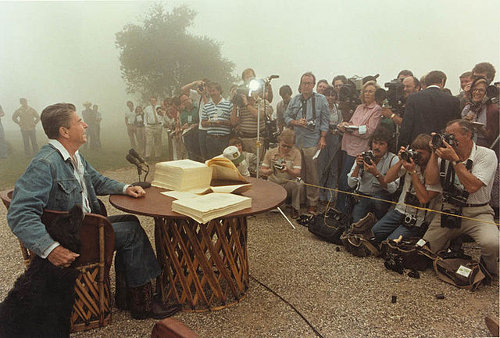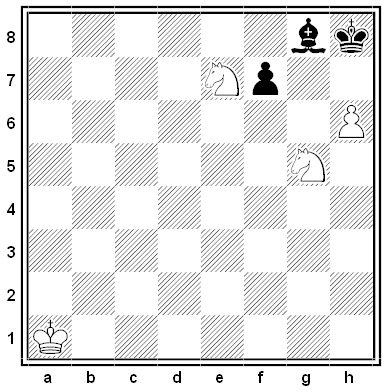
In May 1861, barely three weeks after the start of the Civil War, Mary Todd Lincoln received a letter from Helen Rauschnabel of Rochester, N.Y., relating “a remarkable dream I had last night about Mr. Lincoln which I think has a significant meaning.”
I dreamed it stormed & thunderd & lightned terribly, it seemed as tho the Heavens & Earth were coming together, but it soon ceased, still there seemed to be very dark clouds sailing thro the horison, I thought I stood pensively viewing the scene, when a man resembling Mr Lincoln appeard standing erect in the firmament with a book in his hand, he stood as near as I could calculate over the City of Washington, his head seemed reard above the lightnings flash and thunder bolt, the sun seemed to be just rising in the East, and its rays shed a soft mellow light around about him, beneath his feet rolled dark & heavy clouds which the sun light was fast dispeling, I saw him walk thro all the Southern part of the horison with a book in one hand, & a pen in the other.
“When he got to the western part of the firmament he made a halt & stood erect,” she remembered. “He was crowned with honors & coverd with Laurels, and looked very smiling.” She found herself singing a verse, which she remembered when she awoke and committed to paper: “A voice from the North has proclaimed the glad Morn / And Slavery is ended & Freedom is born / The fair Sunny South is restor’d one more / Secession is ended & Slavery is ore.”







